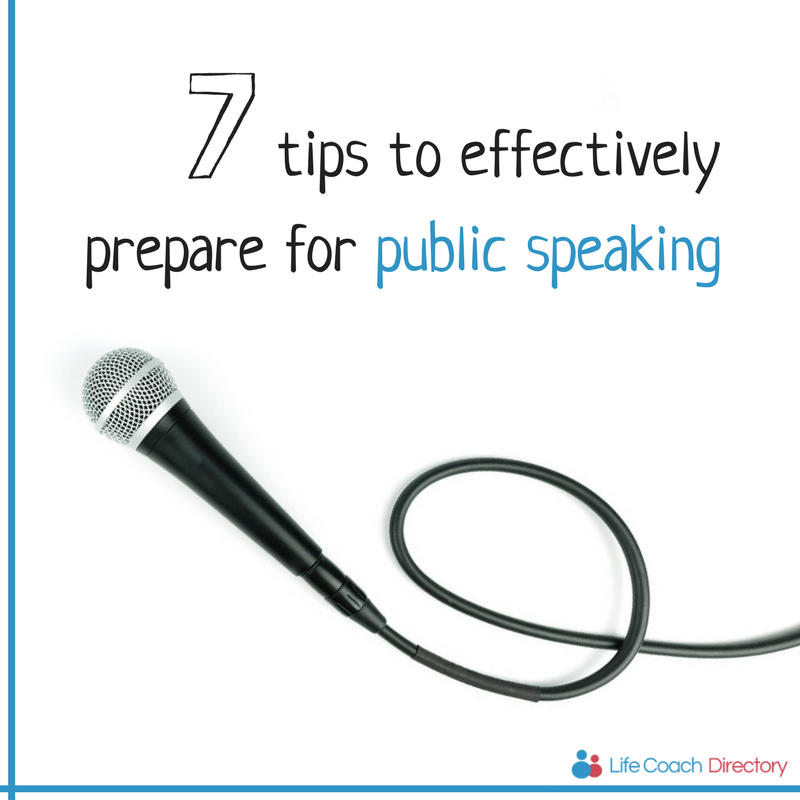How to effectively prepare for public speaking
Public speaking – it’s the stuff of many people’s nightmares. In fact, glossophobia (the fear of public speaking) ranks as one of the UK’s top three fears, along with snakes and heights. Whilst the latter two are often easier to avoid in the business environment, public speaking is something that is not so easily skirted.

We explore what you can do to make sure you are fully prepped for your next public speaking gig.
1. Become familiar with the venue
Do you know the address? The room? Where you’re going to be standing? These factors can be easily overlooked when you’re preoccupied with sorting out what you’re going to be saying. But, all your preparation will be in vain if you get lost, or turn up late.
You might be speaking in a venue that you’re familiar with – it might be a conference centre you’ve been to before, the boardroom in your building, or even in your office itself. If this is the case, think back to times when you’ve been in the audience. Be conscious of what you could hear and see when you were on the receiving end in this location.
2. Get to grips with the running order
Make sure you know all the nitty gritty details: when you’re speaking, who is introducing you, who you’re passing over to. Knowing this in advance will help to prevent you from becoming flustered on the day.
3. Write down what you want to say – but try not to script it
You will sound more convincing and passionate if it appears to be more spontaneous. Whilst it is tempting to write your whole speech out as a script, this can come across quite dull and boring for your audience.
If you’re worried that your hands might shake if you’re holding a sheet of paper with prompts, use cue cards instead. They appear sturdier to your audience – it won’t be as noticeable if you do start to quiver.
4. Practise
This may sound obvious, but, even if you’re a confident public speaker, don’t underestimate the value of practising. Hearing what you’re saying out loud may prompt you to change the wording, cut your content down, or add more.
5. Have a contingency plan
As much as we’d like to expect everything to always go to plan, it’s good to have a backup plan (just in case).
For instance, technology. Sometimes it can be hard to imagine life – and business – without it. But, we all know that technology has the potential to fail us at times. If you’re relying on a powerpoint or a soundtrack, make sure you have some kind of fallback. Know how you would handle the situation effectively – so you still come across well to the audience.
6. Where possible, show your emotion
Speakers are easier to relate to when they are real. Try to get an emotion across to your audience, whether it’s passion, fear, sadness, excitement, or something else – do your best to show your human side.
7. Fake it till you make it
If nothing else, make everyone else think you’re totally in control – even if you don’t feel like you are. Lift your head up, put your shoulders back and smile.

Find a coach dealing with Career coaching
All coaches are verified professionals





